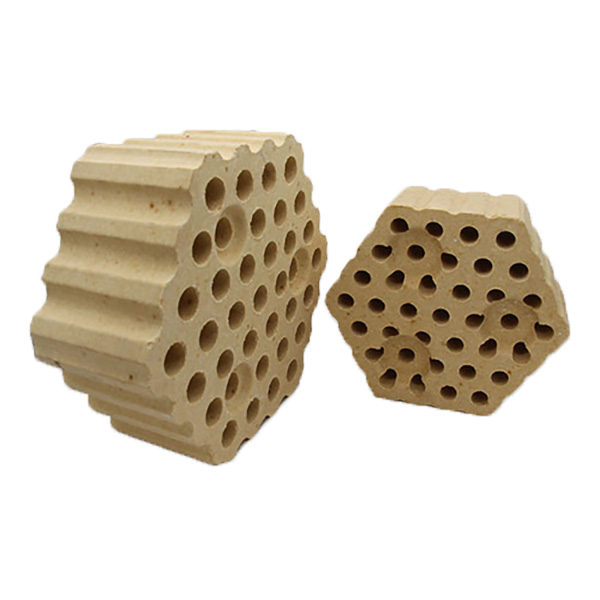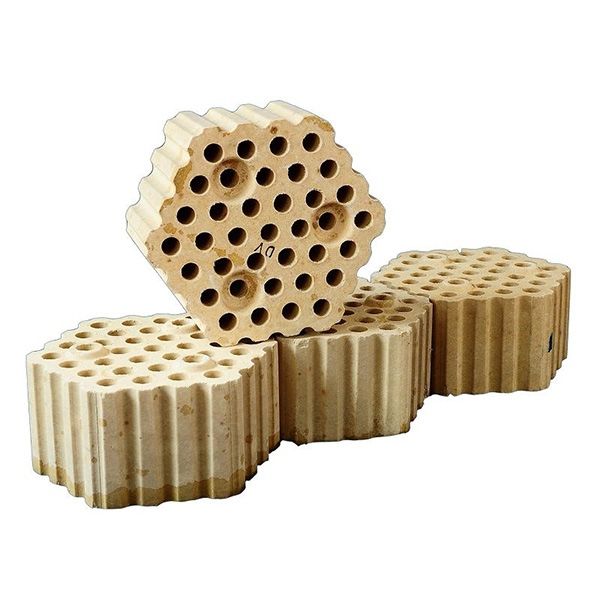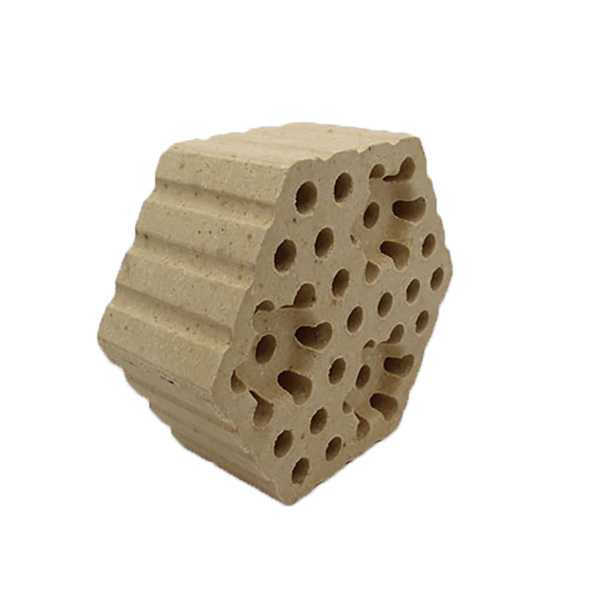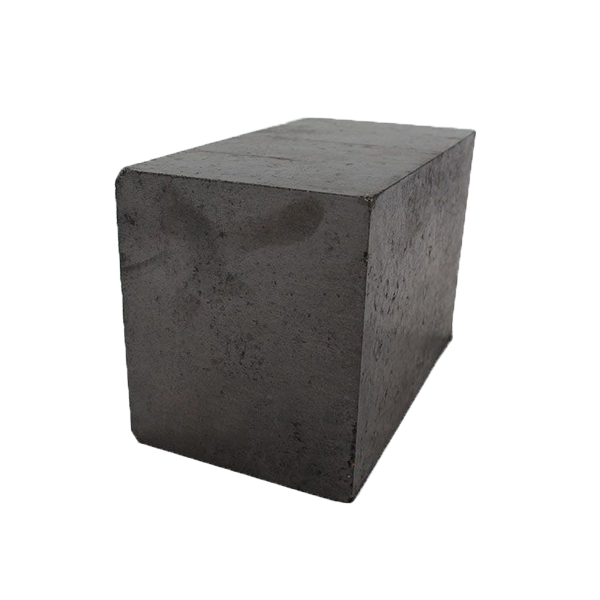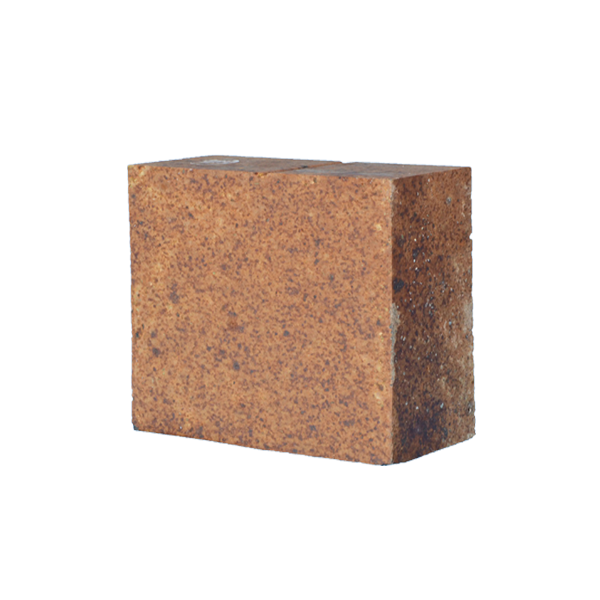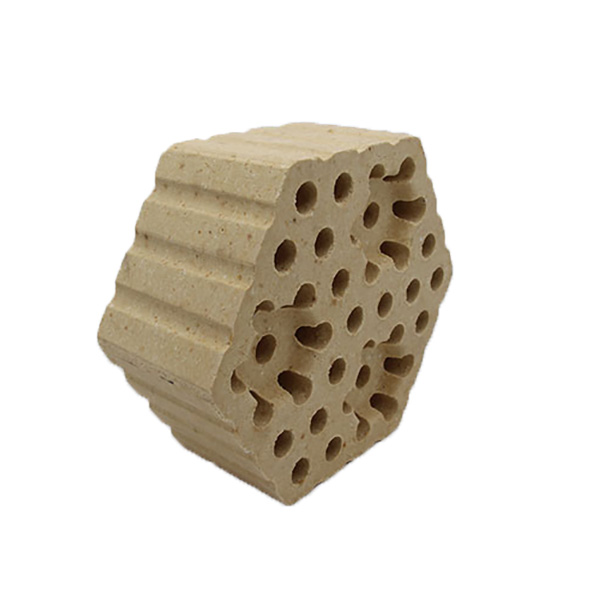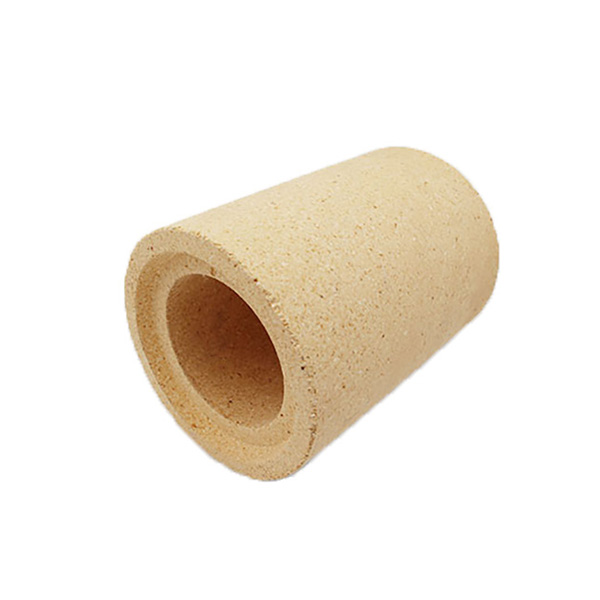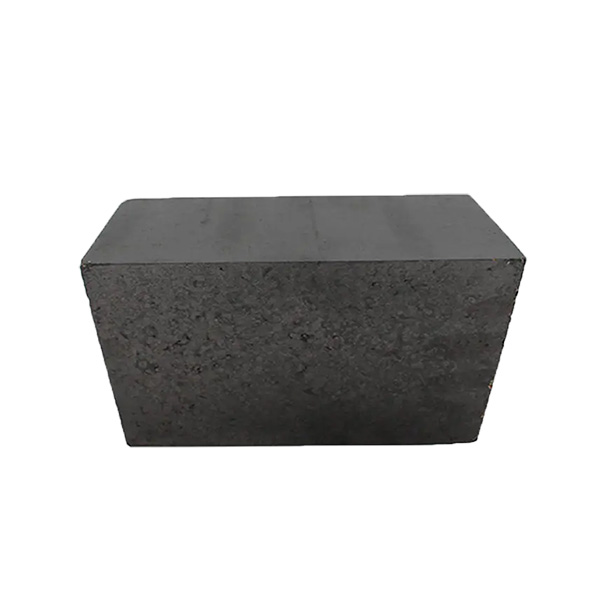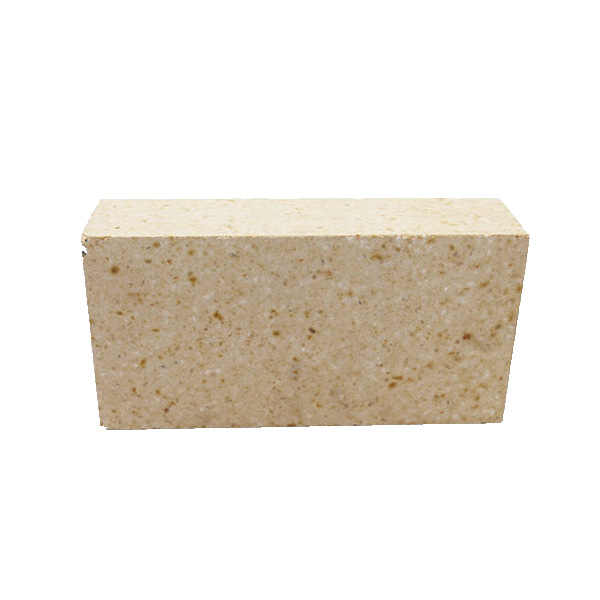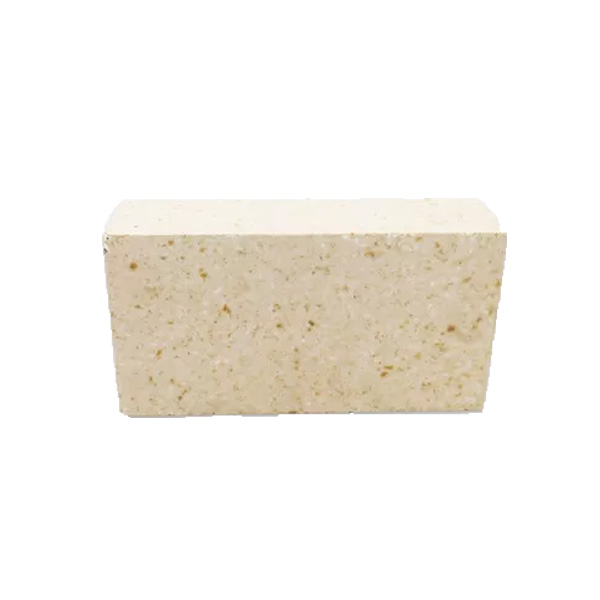High Alumina Checker Firebrick
Checker brick is a type of heat transfer medium that possess excellent volume stability. They are primarily used in the upper portion of the regenerator of a hot blast stove to store heat energy. Check refractory bricks, also known as checker bricks, are refractory bricks used in hot blast stoves and furnaces. They are arranged in a lattice structure to allow gas to pass through. Checker bricks have excellent properties such as good volume stability, high density, low porosity, and high-temperature load creep performance. Marsref Factory is a company that manufactures check bricks and offers a variety of products with different specifications, including standard size refractory check bricks
Features of Checker Bricks
Check bricks are primarily used in the regenerator of the hot blast stove. They are heated by the high-temperature flue gas during the burning period and provide heat to the incoming cold air from the blower during the air supply period. Check bricks are made of different materials, including siliceous bricks, clay bricks, high alumina bricks, mullite bricks, and sillimanite bricks, depending on the technical requirements of different temperature zones.
There are structural characteristics to consider when selecting check bricks, including the heat-receiving surface, heat storage area, and volume. The heat-receiving surface area per 1m3 of the check brick body is determined by the ratio of the heated surface of the regenerator compartment on the side of the melting furnace to the liquid surface area of the molten portion. The heat storage area refers to the surface area where the check fire bricks body can exchange heat. The dimensions of the check fire bricks should be an integral multiple of the length of the refractory brick
When selecting check refractory bricks, it is important to consider their ability to withstand high temperatures, corrosion resistance, heat storage, fast heat transfer, rapid cooling and heating, and long service life. In the past, clay refractory check bricks were commonly used, but now, materials such as high-alumina refractory bricks are also used to construct upper fire bricks due to the higher temperature of the upper part of the regenerator
Application of Checker Bricks
In conclusion, check refractory bricks play an essential role in hot blast stoves and furnaces. Their good properties, including good volume stability, high density, low porosity, and high-temperature load creep performance, make them highly suitable for their applications. It is important to select the right type of check bricks based on the technical requirements of different temperature zones and the structural characteristics of the regenerator.





